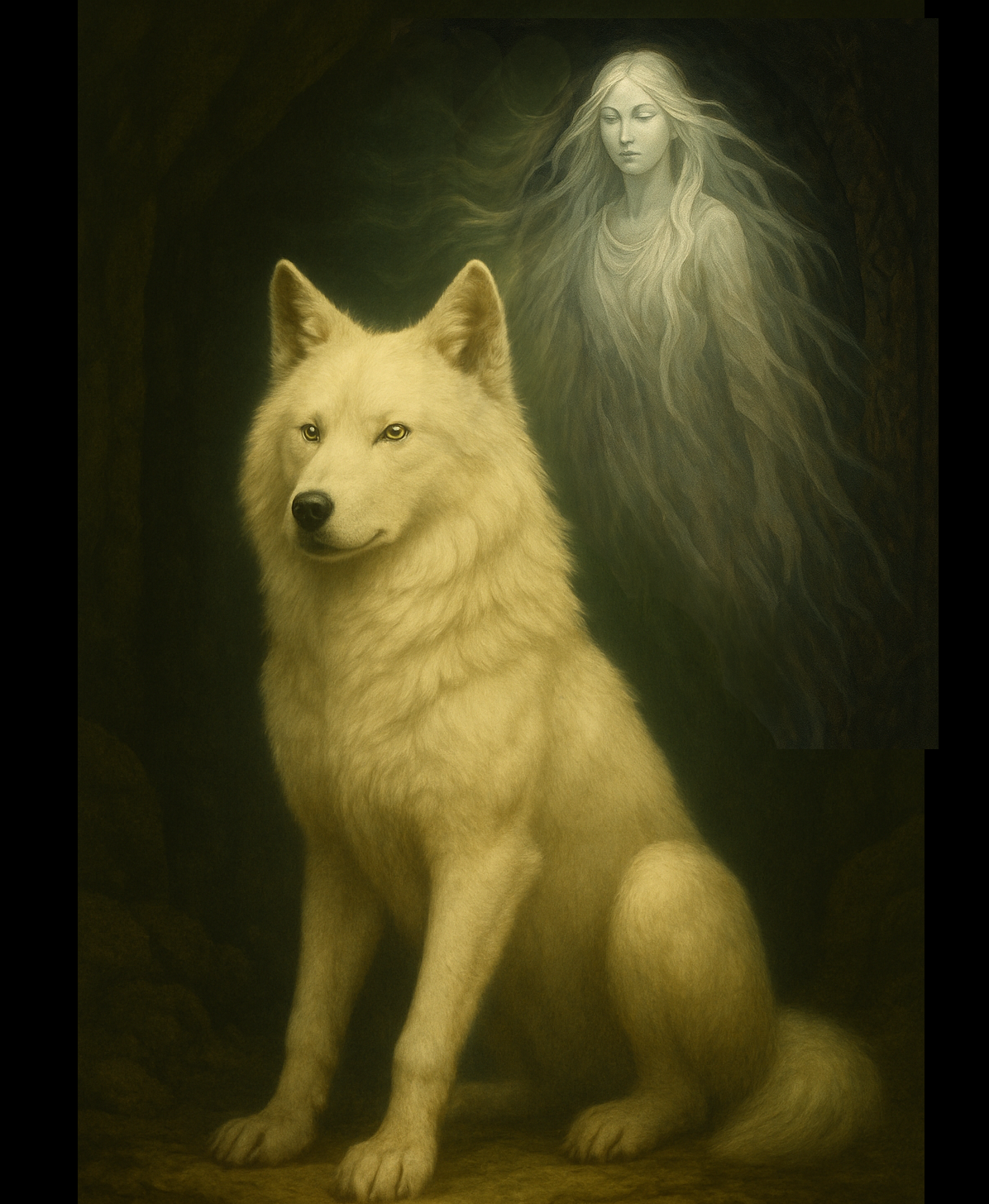
Hortensia de los Santos
Seeker of Ancient Echoes
The Mind Beyond the Veil
In honor of a soul who walked among stars and shadows
Schizophrenia—Illness or Initiation?
What Is Schizophrenia?
Schizophrenia is classified by modern medicine as a severe mental disorder affecting thought, perception, emotion, and behavior. Its symptoms often include auditory hallucinations, delusions, disorganized speech, and a distorted sense of reality. It typically appears in early adulthood and affects about 1 in 100 people worldwide.
Scientific Viewpoint
-
Neurological research associates schizophrenia with:
- • Dopamine and glutamate imbalances that alter perception and salience.
- • Overactivity in the Default Mode Network (DMN), responsible for self-referential thinking and inner dialogue.
- • Auditory cortex activation without external stimuli, leading to voices that feel real.
- treatments usually involve antipsychotic medications, which may reduce symptoms but often blunt the emotional and intellectual life of the person affected.
- Psychotherapy and social support are crucial but underutilized.
A Forgotten Lens: Ancient Cultures
In many Indigenous and ancient traditions, schizophrenia-like states were not seen as illness but as a spiritual threshold:- • Shamans were initiated through dreams, voices, and visions that today would be diagnosed as psychosis.
- • In India, such experiences could be seen as kundalini awakenings—a sacred energy rising in the body, dangerous if unmanaged, powerful if guided.
- • Greek philosophers spoke of “divine madness,” a state through which prophecy, poetry, and wisdom flowed.
These cultures did not medicate the visionary—they mentored them. They saw the fragile mind not as broken, but as open to realms most never reach.
The Modern Dilemma
Today, we fear what we do not understand. People with schizophrenia are too often abandoned, institutionalized, or silenced. Their experiences are dismissed rather than interpreted. The spiritual, symbolic, and existential dimensions of their suffering—and their insight—are rarely explored. What if we are not dealing with a broken brain… but with a portal without a guide?